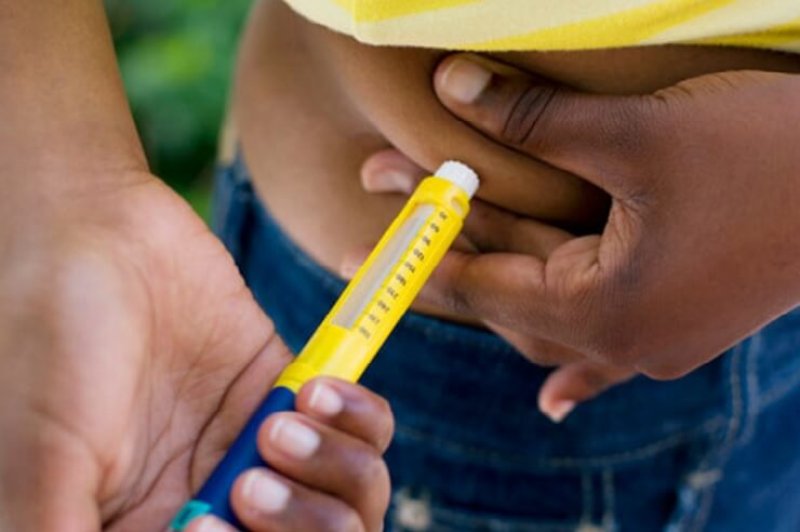Following some groundbreaking experiments in the early 1970s, biologists discovered they could move DNA between species. This development launched the field of biotechnology and yielded significant results in medicine and agriculture, including genetically engineered insulin and herbicide-resistant crops that were widely adopted by farmers. Biotech research has advanced significantly since its early days. Today we count vitamin-fortified rice, novel cancer treatments and disease-resistant plants among the many products made possible by genetic engineering.
While these discoveries excited many scientists and benefited consumers, they also fueled concerns that science had gone too far, eventually giving rise to the modern anti-GMO movement that has mischaracterized biotechnology and worked fervently to slow its progress. Join plant pathologist Steve Savage as he takes a look back at the humble beginnings of this revolutionary field of research.
Podcast: Play in new window | Download
Subscribe: RSS
Steve Savage is a plant pathologist and senior contributor to the GLP. Follow him on Twitter @grapedoc. The Pop Agriculture podcast is available for listening or subscription on iTunes and Google Podcasts.
































